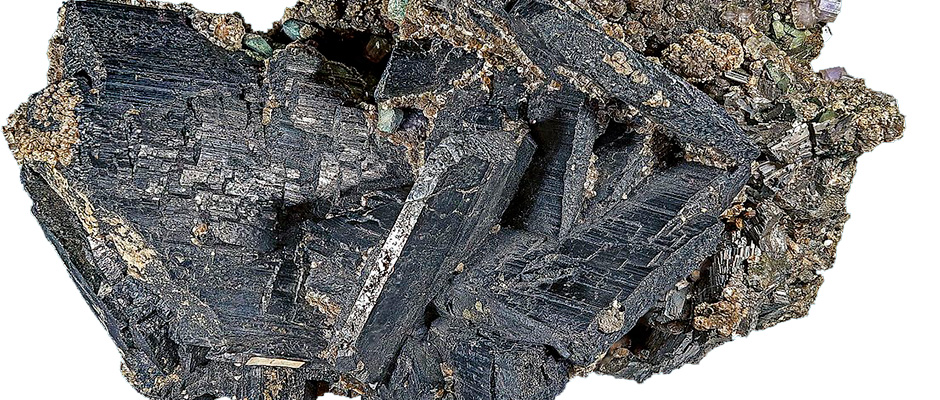Tungsten (W, 74 in the periodic table of chemical elements) is a steel-gray transition metal known for its high density and melting point. In its pure form, tungsten is a hard and brittle material with exceptional mechanical and thermal properties.
Tungsten has a melting point of 3,422 °C, making it the most heat-resistant metal. This property makes it invaluable in applications requiring performance under extreme temperatures. For example, tungsten is used to produce filaments for incandescent lamps, electrodes, and components for the aerospace and nuclear industries.
Interestingly, despite its hardness, tungsten products are often manufactured using powder metallurgy, where the metal is sintered under pressure in a vacuum. This process ensures precise production with minimal waste.
Applications of tungsten:
- Energy and Lighting. Tungsten is used to produce filaments for light bulbs, cathodes, and anodes in X-ray machines due to its resistance to high-temperature erosion.
- Metallurgy. It is added to alloys to increase their hardness, strength, and wear resistance. Tungsten is found in high-speed steels and cutting tools for metalwork.
- Aerospace and Aviation. It is used to manufacture heat-resistant components for rocket engines and radiation shielding.
- Medicine. Tungsten serves as counterweights in X-ray devices and in the production of radiation-shielding materials.
- Military Industry. It is the primary component in armor-piercing rounds and penetrator cores due to its high density and exceptional penetrative capability.
Additionally, tungsten carbide (WC) is widely used in the production of ultra-hard tools such as drill bits and cutting edges, making this application nearly synonymous with tungsten use in the industry.
